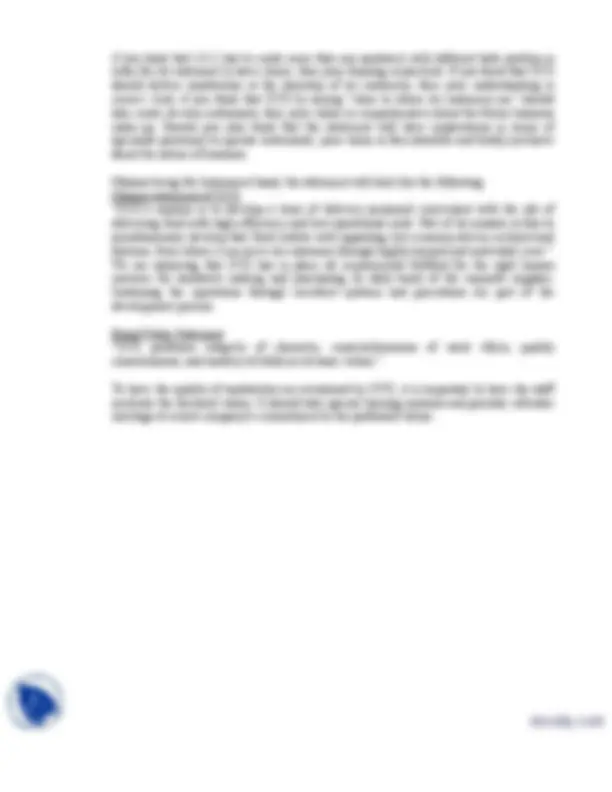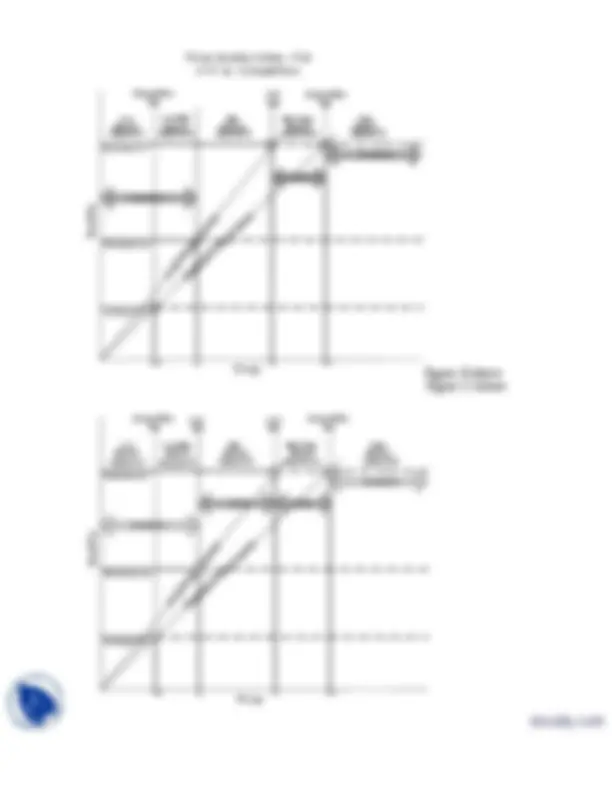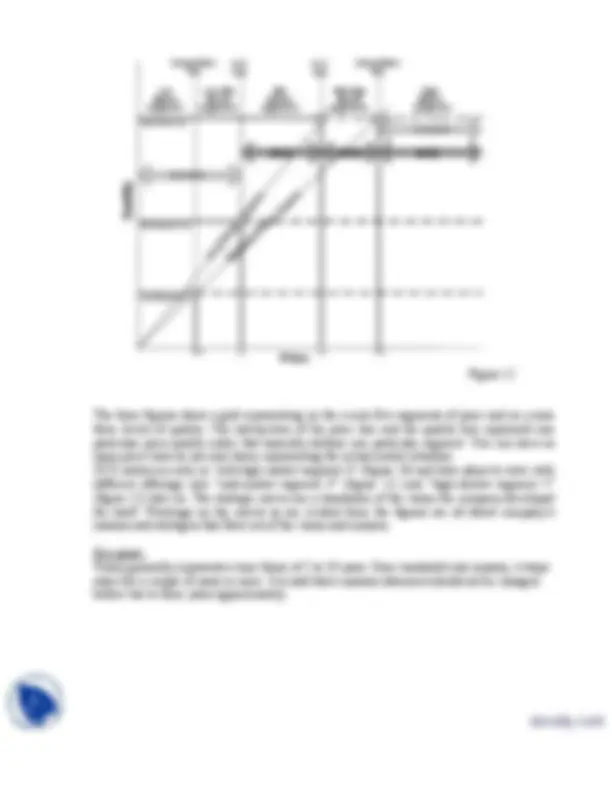





Study with the several resources on Docsity

Earn points by helping other students or get them with a premium plan


Prepare for your exams
Study with the several resources on Docsity

Earn points to download
Earn points by helping other students or get them with a premium plan
Community
Ask the community for help and clear up your study doubts
Discover the best universities in your country according to Docsity users
Free resources
Download our free guides on studying techniques, anxiety management strategies, and thesis advice from Docsity tutors
This lecture handout is for Brand Management. It was designed and distributed by Prof. Nirmohi Jonnalagadda at KLE University. Its main points are: Brand, Vision, Commit, Research, Purpose, Consensus, Managment, Solid, Change, Attitude, Buildup, Anticipate, Company
Typology: Exercises
1 / 6

This page cannot be seen from the preview
Don't miss anything!




Purpose of brand vision To earn the right level of profitability, you have to leverage your brand rightly. It is here that we start treating brand as an asset and manage that asset by having a vision.^ BRAND VISION Lesson 7 Vision fulfills three basic purposes • • • Consensus among managementCommits company to researchMandates telling all stakeholders^1 Consensus among management consensus from management about brand’s contribution. All concerned with the brand give their input regarding brand’s potential and an effort is made to have all of them committed to the respective tasks they are to perform toward brand’s contribution. Brand vision brings management to a platform from where they all have to agree what level of growth the brand will generate to fulfill company’s objectives. It is not a function limited : A bottom-up approach, it extracts understanding and to the boundaries of marketing management; it is an objective for total management to agree on one point – brand’s reason for being (why it exists?) and its potential toward profitability. The question of why the brand exists entails detailed discussion on many exciting areas of marketing, which will be touched upon from time to time in their proper perspective throughout the course. What it essentially means is the “fulfillment of a particular need” of customers. Identifying the right need and then committing yourselves to fulfill that with the right product takes you on the journey of starting with a vision to complete development of the brand. Commits Company to research many vital research projects. Because of the commitment, no one wants to make decisions : Consensus leads management to initiate research on so without any solid basis. The tendency to make assumptions on the ground that we know the market well and therefore there is no need for research should be avoided. Only research provides the company with grounds like: o o o Customer attitudes and usageBrand attributes to maintain and changeSegmental changes; multi-segment brands The list is not exhaustive. It can be much longer depending on the needs of the company at any given point in time. Knowing customers’ attitudes offers insights into product build-up, service requirements, and any other fulfillment of customers’ requirements. Maintaining or changing product attributes^ o^ relate responding to changing needs, preferences, and competitive pressures thatGeographical changes; new categories etc. exist and the ones that are anticipated. You can also determine the differences among different offerings of the brand as perceived by your which segments are more attractive and which are less attractive. That may also take you into what offerings. Brand strength may lead the management to start considering introducing its consumers in different segments of the market geographic areas to be emphasized more in relation to strength of different. You can make decisions about
Management can either stick to its vision and plans or change it according to the findings of market research. As you go along the learning path you will realize that almost at every step you can undertake a research project. Research does not have to be tedious, cumbersome, and expensive. Small and simple research designs can lead you to verify your hypotheses as the need emerges. Mandates telling all stakeholders in the company, it mandates that management tell all stakeholders to know and share it as well. Sharing the vision means that stakeholders will also know the objectives that are a reflection of the vision. The present day’s competitive pressures have made the day-to-day management very fast paced and, hence, prone to dynamic : Since vision is well thought-through and shared by all changes and adjustments. Information on past performance, recent trends, and research findings present a strong case for the brand plan and vision. Having support from all stakeholders toward your brand objectives makes the job of management less difficult. It also keeps the blame game and finger pointing from taking place if things go wrong. Going right strengthens management’s confidence. Let us now try to develop hypothetical vision and mission statements of a fast food company that is planning to enter the category of fast food. The exercise is intended to take you through a case that offers an opportunity of developing a practical understanding of the concepts. After you feel comfortable with the learning process, you may like to develop similar statements of any business you may envision yourself handling or heading. Vision Statement of a Fast Food Company “The sandwiches with brand name XYZ; the sandwiches will have health-food-appeal for lunch time in particular and anytime later in general. It will price the entries within the consumer friendly range to optimize the number of customers, who are professionals within the age bracket of 20-50 years. It will attempt to reach its potential customers at their door step and always stay close to where they are”. company will enter the fast food category by introducing a range of quality As is clear from the statement, the company’s business model will be based on three fundamental factors of The basic objective of this statement is to emphasize the point that vision relates the future. • • • High qualityAffordabilityAccessibility The statement talks about the nature of the product and how it envisions entering the category with consumer-friendly pricing within the target market. longer than the usual vision statements. It is designed to basically enhance your ability to develop one independently). said in the statement has a meaning in terms of brand management. The figures 10 - 12 We shall be referring to the implications of this statement frequently to see that every thing (The statement is a little exhibit the translation of consumer-friendly pricing as it fits into the market gap that will allow the company to optimize its sales. We can sum up the components of this statement into the following: o o o It explains the overall goal of the brandIt defines the target marketIt underlines the need to have differentiated sandwiches
Competition PQI
25 +
XYZPQI
45 80
Quality XYZ Price Curve Market Price Curve Price 100+
Segment 1MarketLow^ Competition PQISegment 2Low-MidMarket Segment 3MarketMid Segment 4Mid-HighMarket Segment 5MarketHigh Competition Henny’s Competition
Price-Quality Index - PQIXYZ vs. Competition High Quality Line Mid Quality Line Low Quality Line^ XYZ Competition PQI^ Figure 10 above^ Figure 11 below
25 +
XYZPQI
45 80
Quality XYZ Price Curve Market Price Curve Price 100 +
Segment 1MarketLowCompetition PQISegment 2Low-MidMarket^ XYZPQI Segment 3MarketMid Segment 4Mid-HighMarket Segment 5MarketHigh High Quality Line Mid Quality Line Competition Competition Low Quality Line
XYZ XYZ
Competition PQI
25 +
XYZPQI
45 80
Quality XYZ Price Curve Market Price Curve Price 100+
Segment 1MarketLowCompetition PQISegment 2Low-MidMarket^ XYZPQI Segment 3MarketMid Segment 4Mid-HighMarket Segment 5MarketHigh High Quality Line Mid Quality Line Competition Competition Low Quality Line
The three figures show a grid representing on the x-axis five segments of price and on y-axis three levels of quality. The intersection of the price line and the quality line represents one particular price-quality index that basically defines one particular segment. You can have as^ Figure 12 many price lines as you may deem representing the actual market situation. XYZ makes an entry in “mid-high market segment 4” (figure 10) and later plans to enter with different offerings into “mid-market segment 3” (figure 11) and “high-market segment 5” (figure 12) later on. The strategic moves are a translation of the vision the company developed for itself. Workings on the moves as are evident from the figures are all about company’s mission and strategies that flow out of the vision and mission. Key point Vision generally represents a time frame of 5 to 10 years. Once translated into mission, it stays intact for a couple of years or more. It is said that a mission statement should not be changed before two to three years approximately.